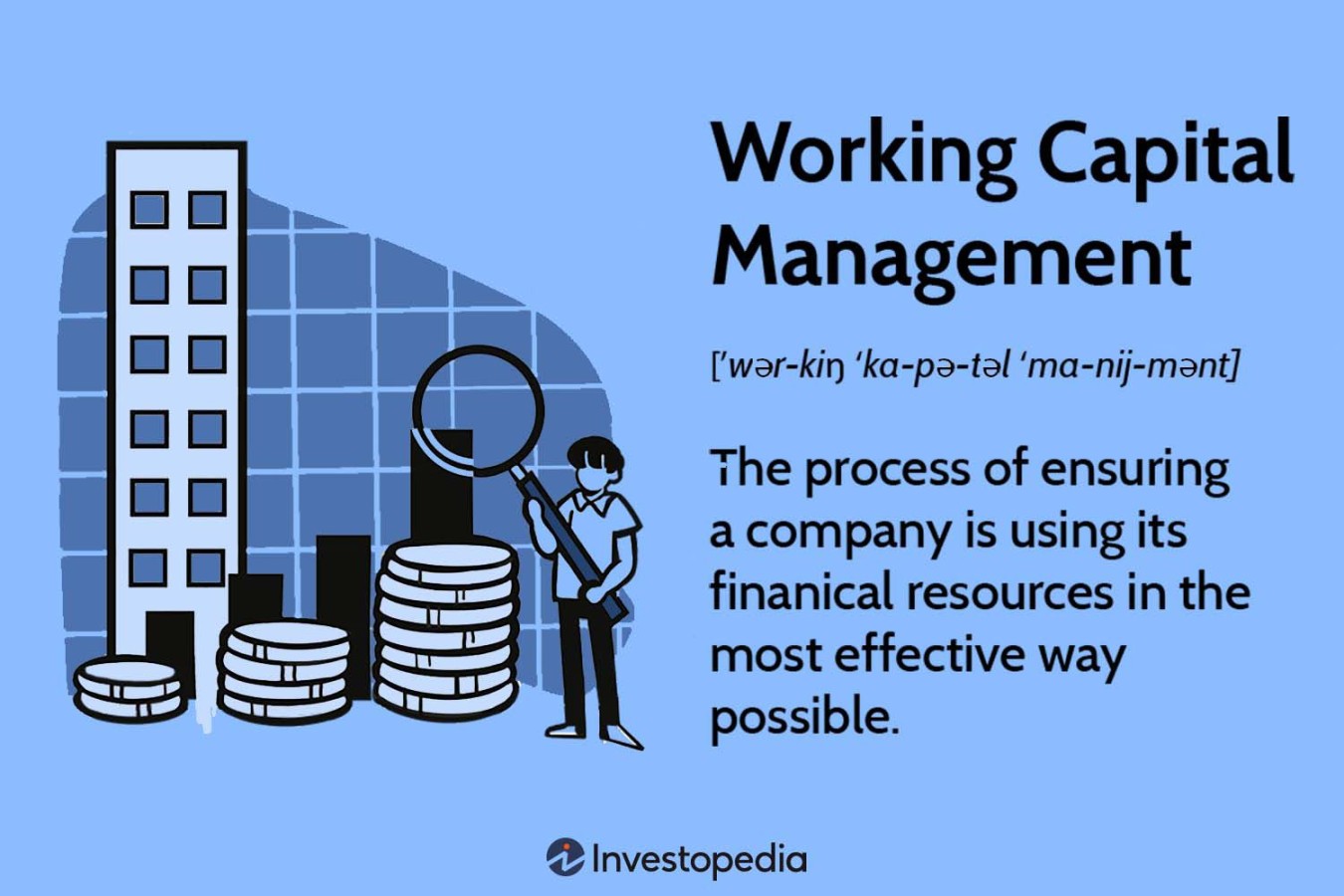Working Capital Management Techniques: A Comprehensive Guide
Meta Description
This extensive guide delves into the intricacies of working capital management techniques, empowering businesses to optimize their financial health and achieve sustainable growth.

Meta Keywords
Working capital management, current assets, current liabilities, liquidity, profitability, financial efficiency, inventory management, accounts receivable management, accounts payable management, cash flow management, business strategies
Introduction

In the dynamic realm of business, working capital management stands as a cornerstone of financial stability and growth. It encompasses the strategic maneuvering of a company’s current assets and current liabilities to ensure the seamless operation and profitability of its ventures. By effectively managing working capital, businesses can maintain adequate liquidity to meet short-term obligations, fuel growth opportunities, and enhance overall financial performance.
Understanding Working Capital Management
Working capital management techniques revolve around the skillful manipulation of three crucial components:
1. Current Assets: These assets are readily convertible into cash within one year, encompassing items like inventory, accounts receivable, and marketable securities.
2. Current Liabilities: These obligations must be settled within one year, including accounts payable, accrued expenses, and short-term loans.
3. Working Capital: This metric represents the difference between current assets and current liabilities, indicating a company’s ability to meet its short-term financial commitments.
Significance of Working Capital Management
Effective working capital management techniques hold immense value for businesses, translating into tangible benefits:
1. Enhanced Liquidity: By optimizing current assets and liabilities, companies ensure they have sufficient cash to meet day-to-day operational expenses and seize growth opportunities.
2. Improved Profitability: Efficient working capital management can minimize interest expenses, optimize inventory levels, and expedite cash collections, leading to enhanced profitability.
3. Reduced Financial Risks: Prudent working capital management strategies mitigate the risk of liquidity shortfalls, ensuring the company’s ability to honor its obligations and maintain financial stability.
Key Working Capital Management Techniques
To achieve working capital management excellence, businesses can employ a range of effective techniques:
1. Inventory Management: Implementing robust inventory control systems, optimizing stock levels, and adopting just-in-time inventory practices can minimize carrying costs and improve cash flow.
2. Accounts Receivable Management: Streamlining the credit application process, establishing clear credit terms, and implementing effective collection strategies can expedite cash collections and reduce bad debt risks.
3. Accounts Payable Management: Negotiating favorable payment terms with suppliers, leveraging early payment discounts, and streamlining invoice processing can minimize interest expenses and improve cash flow.
4. Cash Flow Management: Preparing accurate cash flow forecasts, implementing strict budgetary controls, and monitoring cash inflows and outflows closely can ensure the availability of funds to meet financial obligations.
Additional Strategies for Optimizing Working Capital
Beyond the core techniques, businesses can further enhance working capital management through:
1. Diversification of Financing Sources: Tapping into a variety of financing options, such as short-term loans, trade credit, and factoring, can reduce reliance on a single source and provide flexibility.
2. Utilization of Technology: Employing financial management software can automate tasks, streamline processes, and provide real-time insights into working capital performance.
3. Regular Evaluation and Adjustments: Continuously evaluating working capital strategies, adapting to changing market conditions, and making necessary adjustments are crucial for maintaining optimal efficiency.
Conclusion
Working capital management techniques empower businesses to navigate the financial landscape with agility and resilience. By mastering these strategies, companies can optimize liquidity, enhance profitability, and safeguard their financial well-being, paving the way for sustainable growth and long-term success.
Frequently Asked Questions (FAQs)
1. What is the ideal working capital ratio?
The ideal working capital ratio varies by industry and company size. However, a generally accepted range is between 1.2:1 and 2:1, indicating that current assets are 1.2 to 2 times greater than current liabilities.
2. How can businesses identify potential working capital issues?
Warning signs of working capital problems include declining cash flow, increasing inventory levels, extended collection periods, and rising accounts payable balances.
3. What are the consequences of poor working capital management?
Ineffective working capital management can lead to liquidity shortfalls, hinder growth opportunities, damage creditworthiness, and even threaten a company’s survival.
4. How can businesses benchmark their working capital performance against industry standards?
Financial benchmarking tools and industry reports provide valuable insights into working capital performance relative to peers.
5. What role does working capital management play in overall financial planning?
Working capital management is an integral component of strategic financial planning, ensuring that financial resources are aligned with business objectives and risk tolerance.
![PDF] ROLE OF BEHAVIOURAL FINANCE IN INVESTMENT DECISIONS](https://investtechpro.com/wp-content/uploads/2024/04/pdf-role-of-behavioural-finance-in-investment-decisions-60x60.png)


